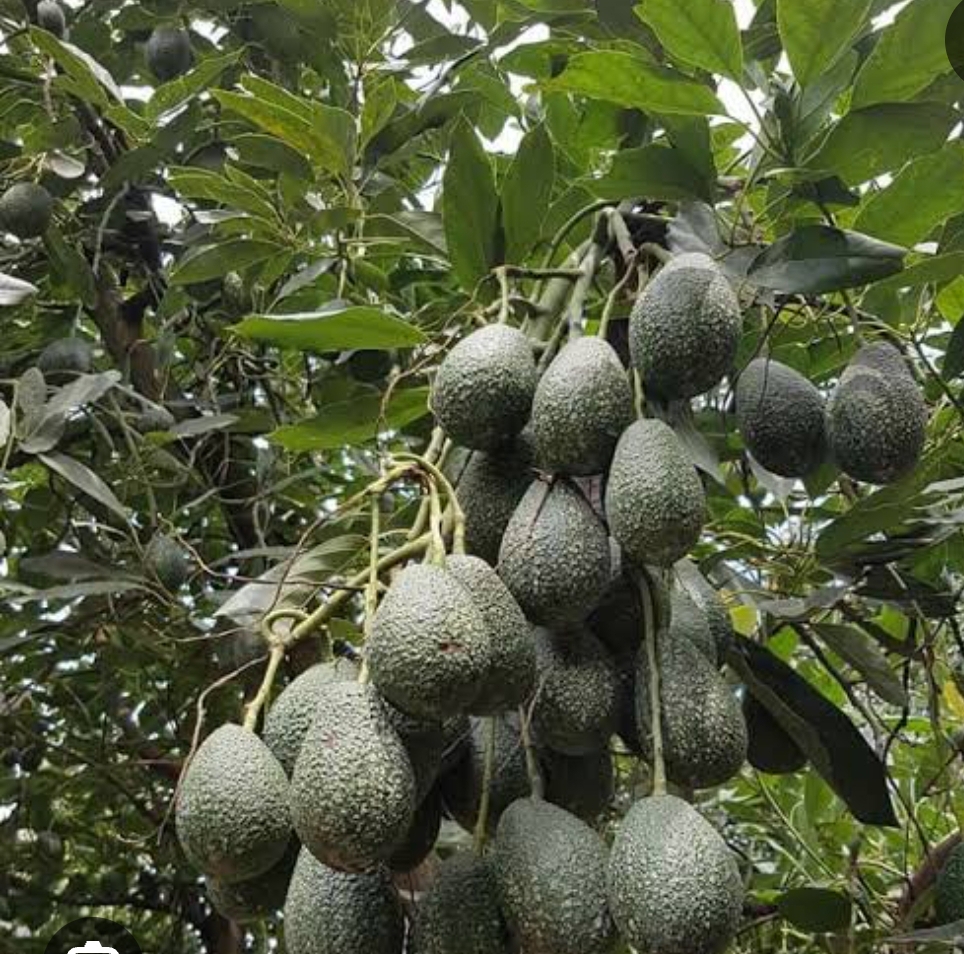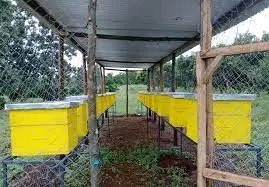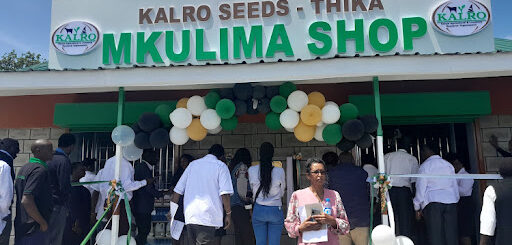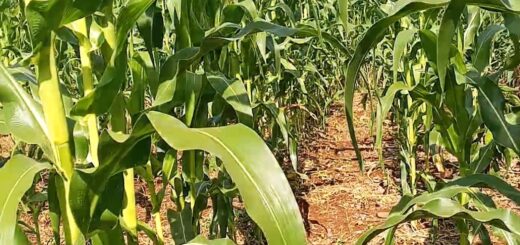The Green Revolution, Avocado farming in Kenya
Avocado farming has emerged as a lucrative venture in Kenya, drawing the attention of farmers seeking profitable and sustainable agricultural practices. The unique climatic conditions and diverse landscapes in various regions of the country make it an ideal environment for avocado cultivation. In this article, we will delve into the workings of avocado farming in Kenya, exploring the standard practices, suitable regions, and the counties where this green gold thrives.
Introduction of Avocado to East Africa
Avocados, originally native to south-central Mexico, were introduced to East Africa during the colonial period. The British colonialists played a crucial role in bringing avocado trees to the region, recognizing the potential of the fruit for its nutritional value and adaptability to local climates. The first avocado trees were planted in various parts of Kenya, Tanzania, and Uganda, paving the way for establishing avocado orchards. The initial phase of avocado farming in Kenya saw limited cultivation, mainly for domestic consumption. However, as the agricultural sector evolved, so did the awareness of the commercial potential of avocados. Farmers in regions with suitable climates started experimenting with different varieties, gradually expanding avocado cultivation beyond subsistence farming.
The real surge in avocado farming in Kenya and East Africa occurred in the late 20th century and early 21st century. Multiple factors drove the shift towards more commercialized avocado production. Increased global awareness of the health benefits of avocados, coupled with rising demand in international markets, provided farmers with a lucrative opportunity to diversify their crops. Recognizing the economic potential of avocado farming, the Kenyan government and agricultural authorities have actively supported the industry. Initiatives such as subsidizing avocado seedlings, providing extension services, and facilitating market access have encouraged more farmers to cultivate avocados.
Global Avocado Boom
The global surge in demand for avocados, often referred to as the “avocado boom,” significantly influenced the East African avocado industry. Countries like Kenya found themselves at the forefront of avocado exports, supplying neighbouring African nations and European and Middle Eastern markets.
Avocado Farming in Kenya
Avocado cultivation in Kenya has witnessed significant growth in recent years, with the country being recognized as one of Africa’s leading producers of avocados. The popularity of this nutritious fruit has soared in domestic and international markets, creating a promising avenue for farmers to capitalize on its demand.
Regions Suitable for Avocado Farming
The success of avocado farming is closely tied to the climate and topography of the region. In Kenya, several areas have proven to be particularly conducive to avocado cultivation. These regions offer the right combination of altitude, rainfall, and temperature, creating an optimal environment for avocado trees to thrive.
- Murang’a County: Known as the “Avocado County,” Murang’a has become synonymous with avocado farming in Kenya. The region’s favourable climate and well-distributed rainfall make it ideal for growing avocado varieties.
- Meru County: Meru has emerged as a significant player in avocado production, with many farmers shifting from traditional crops to avocados. The region’s diverse microclimates provide opportunities for year-round cultivation.
- Nyeri County: with its cool temperatures and abundant rainfall, Nyeri has also embraced avocado farming. The county’s commitment to sustainable agricultural practices has contributed to the success of avocado orchards.
- Kakamega County: Located in western Kenya, Kakamega has seen a rise in avocado farming due to its favourable climate. Farmers in this region are tapping into avocados’ potential as a high-value crop.
- Embu County: Embu’s agroecological conditions make it suitable for avocado cultivation. The county’s farmers have increasingly embraced avocado farming to improve their livelihoods.
Five key reasons why avocado farming is particularly beneficial for farmers:
High Market Demand and Profitability- Avocado enjoys a consistently high demand globally, driven by its reputation as a nutritious superfood. The increasing popularity of avocados has led to favourable market prices, ensuring that farmers can achieve substantial returns on their investment. The lucrative nature of avocado sales makes it a financially rewarding crop for farmers.
Diversification of Income Streams-Avocado farming allows farmers to diversify their sources of income. Farmers create a more resilient and balanced income portfolio by cultivating avocados alongside other crops. Diversification helps mitigate the risks associated with fluctuations in market prices or unexpected challenges affecting specific crops, providing a safety net for the overall farming enterprise.
Long-Term Productivity and Stability-Avocado trees have a long lifespan and can remain productive for several decades. This long-term productivity provides farmers with a stable and continuous income stream. The enduring nature of avocado trees contributes to the overall stability of a farmer’s financial outlook, offering a reliable source of income.
Environmental Sustainability and Conservation- Avocado orchards contribute to sustainable agriculture and ecological conservation. The trees act as carbon sinks, helping to mitigate climate change by absorbing carbon dioxide. Additionally, the extensive root systems of avocado trees help prevent soil erosion, promoting healthy soil management practices. Choosing avocado farming aligns with environmentally friendly agricultural methods.
Community Development and Employment Opportunities-Avocado farming fosters community development by creating employment opportunities for residents. From planting and tending to the orchards to harvesting and processing, the various stages of avocado production support a range of jobs. This improves livelihoods within farming communities and contributes to the region’s overall economic development.
Kenya has various avocado varieties, each with unique flavour, texture, size, and adaptability to different climatic conditions. Here are some of the different types of avocados commonly grown in Kenya and their distinct differences:

Hass
Description: Hass avocados are the most popular and widely cultivated variety globally, including in Kenya.
Distinct Features: The skin of Hass avocados changes colour as they ripen, transitioning from green to purplish-black. They have a creamy texture and a rich, nutty flavour.
Adaptability: They are well-suited for various climates but thrive in regions with well-defined seasons.
Fuerte
Description: Fuerte avocados are known for their pear-like shape and smooth, medium-thick skin.
Distinct Features: The skin is green and stays green even when ripe. Fuerte avocados have a creamy texture and a milder taste compared to Hass.
Adaptability: Suited for areas with a moderate climate and well-drained soil.
Puebla
Description: Puebla avocados are native to Mexico but have gained popularity in Kenya.
Distinct Features: These avocados have thin, smooth skin and a buttery texture. They are known for their sweet and nutty flavour.
Adaptability: Well-suited for regions with warm temperatures.
Pinkerton
Description: Pinkerton avocados are elongated with a tiny seed and a thin, pebbly skin.
Distinct Features: The flesh is pale green with a smooth and creamy texture. They have a slightly nutty and less oily taste than Hass.
Adaptability: Thrives in regions with a mild climate and well-drained soil.
Puebla Improved (Puebla K)
Description: An improved variety of the Puebla avocado.
Distinct Features: It has a creamy texture and a rich, nutty taste. The skin is thin and green.
Adaptability: Suited for warmer regions with well-drained soil.
Avocado Planting and Propagation Guide
- Site Selection: Choose a well-drained location with ample sunlight and good air circulation to prevent diseases. Consider planting on a slope to avoid waterlogged soil.
- Soil Preparation: Conduct a soil test to determine pH and nutrient levels. Avocados thrive in slightly acidic to neutral soil. Improve fertility and drainage by incorporating organic matter like compost.
Varietal Selection
Choose avocado varieties based on climate, altitude, and market demand. Standard options include Hass, Fuerte, and Puebla.
Planting
- Hole Digging: Dig a hole twice the size of the root ball and 2 feet deep.
- Tree Placement: Gently remove the tree from its container, ensuring minimal disturbance to the roots. Plant it in the centre of the hole, backfill it with soil, and water it thoroughly.
- Mulching: Mulch around the tree to retain moisture and suppress weeds.
Watering and Pruning
- Watering: Provide regular, consistent watering, especially during dry periods. Avoid waterlogged conditions.
- Pruning: Prune the tree to establish a strong scaffold structure. Remove dead or crowded branches to promote air circulation and facilitate harvesting.
Propagation
Seed Propagation
- Seed Preparation: Clean the avocado seed and suspend it over water with toothpicks.
- Germination: Once roots and a stem appear, transplant the seedling into a pot with well-draining soil.
- Transplanting: Move the seedling into the ground when it reaches 8-12 inches in height.
Grafting
- Selection: Choose a healthy rootstock and a scion from a desired avocado variety.
- Cutting and Securing: Make diagonal cuts on both rootstock and scion, securing them together. Keep in a humid environment until the graft is taken.
Air Layering
- Branch Selection: Choose a healthy branch and remove a section of bark.
- Rooting: Apply rooting hormone, wrap the exposed section with damp moss, and cover with plastic wrap.
- Transplanting: Plant the rooted section in the soil once the roots develop.
Container Planting
- Avocados can be grown in containers using a well-draining potting mix. Choose a dwarf or semi-dwarf variety for limited space.
Maintenance
Provide regular fertilization with a balanced, slow-release fertilizer. Monitor for pests and diseases, treating them promptly. Protect young trees from frost.
Importance of Intercropping and Plantations in Avocado Orchards
Intercropping and establishing plantations within avocado orchards offer a range of benefits, contributing to the farm’s overall sustainability and economic viability. These practices are essential for the following reasons:
Maximized Land Use
Benefit: Efficient utilization of land resources by cultivating additional crops between avocado trees.
Biodiversity Enhancement
Benefit: Promotes biodiversity within the orchard ecosystem, creating a healthier and more resilient environment.
Diversification of Income Streams
Benefit: Provides farmers with additional sources of income, reducing dependency on a single crop and mitigating financial risks.
Resource Optimization
Benefit: Optimizes using sunlight, water, and nutrients, preventing resource competition among avocado trees and intercropped plants.
Pest and Disease Management
Benefit: Acts as a natural pest control method by disrupting the habitat of pests specific to avocados, reducing the need for chemical interventions.
Examples of Crops for Intercropping and Plantations in Avocado Orchards
- Legumes (e.g., beans, peas):
Benefit to Avocado Trees: Fix nitrogen in the soil, enhancing soil fertility.
Farmer’s Benefit: Diversified income through legume crop sales.
- Cover Crops (e.g., clover, vetch):
A benefit to Avocado Trees: Protect soil from erosion and improve soil health.
Farmer’s Benefit: Reduced soil erosion and improved soil fertility.
- Citrus Fruits (e.g., oranges, lemons):
Benefit to Avocado Trees: Complement avocado growth with compatible nutrient needs.
Farmer’s Benefit: Additional income from citrus fruit sales.
- Macadamia Nuts:
The benefit of avocado trees is similar growth conditions and complementary nutrient requirements.
Farmer’s Benefit: Diversified income through macadamia nut sales.
- Bananas or Plantains:
Benefit to Avocado Trees: Serve as a protective cover crop, preventing soil erosion.
Farmer’s Benefit: Additional income from banana or plantain sales.
Harvesting Avocados in Kenya
Maturity Assessment
Avocado harvesting in Kenya begins with assessing the maturity of the fruit. Different avocado varieties exhibit unique signs of maturity, including changes in skin colour, size, and ease of detachment from the tree.
Hand Harvesting
Hand harvesting is the primary method employed to gather avocados in Kenya. Skilled harvesters use poles or ladders to reach the higher branches. This ensures a gentle and careful plucking process to avoid damaging the delicate fruit.
Post-Harvest Handling
Careful handling is crucial during and after harvesting to prevent bruising. Workers are trained to handle avocados delicately, maintaining the fruit’s integrity from the orchard to post-harvest processing.
Cleaning and Sorting
Post-harvest processing involves cleaning avocados to remove any dirt or debris. Sorting is then carried out to categorize avocados based on size and quality, ensuring uniformity.
Packaging
Avocados are meticulously packaged to prevent bruising and damage during transportation. Packaging involves placing avocados in cartons or crates, often with added cushioning materials for protection.
Storage
Avocados are stored in controlled environments, such as cold storage facilities, to slow the ripening process. This helps maintain the quality of avocados before reaching the market.
Market in Kenya
Local Market
Avocados are a dietary staple in Kenya, and the local market plays a vital role in avocado consumption. Local markets, supermarkets, and street vendors contribute to distributing avocados to households nationwide.
Export Market
Kenya has become a critical player in the global avocado market, with Europe and the Middle East as primary export destinations. The international demand for Kenyan avocados has grown steadily, attributed to the fruit’s reputation for quality and taste.
Global Market
Year-Round Availability
The global market demands a continuous supply of avocados throughout the year. This has increased efforts to source avocados from different regions to ensure availability during all seasons.
Quality and Appearance
Consumers worldwide prioritize avocados with excellent quality, including firmness, good flavour, and an appealing appearance. Blemish-free and visually appealing avocados are preferred in both local and global markets.
Sustainable and Ethical Sourcing
There is a growing global demand for sustainably and ethically sourced avocados. Certifications such as Fair Trade and organic labels are becoming influential in consumer choices.
Value-Added Products
Beyond fresh avocados, there is an increasing global demand for value-added products such as avocado oil, guacamole, and avocado-based snacks. Processed avocado products offer convenience and cater to diverse consumer preferences.
Health and Nutrition Trends
Avocado’s reputation as a healthy and nutritious fruit aligns with global health and wellness trends. The demand for avocados is boosted by their rich content of beneficial nutrients and healthy fats, making them a favoured choice among health-conscious consumers.
In conclusion, Kenya’s avocado industry exemplifies a compelling narrative of meticulous harvesting and strategic market penetration. The commitment to quality, sustainable practices, and responsiveness to global trends positions Kenyan avocados as sought-after commodities domestically and abroad. Local markets, supermarkets, and street vendors contribute to avocados’ integral role in Kenyan households. In contrast, the nation’s foothold in the global market, particularly in Europe and the Middle East, underscores its impact on the international avocado stage. As consumers increasingly gravitate towards sustainably sourced and value-added products, Kenya’s avocado success story unfolds as a remarkable journey marked by excellence, adaptability, and a steadfast commitment to meeting the evolving demands of the world’s avocado enthusiasts.



